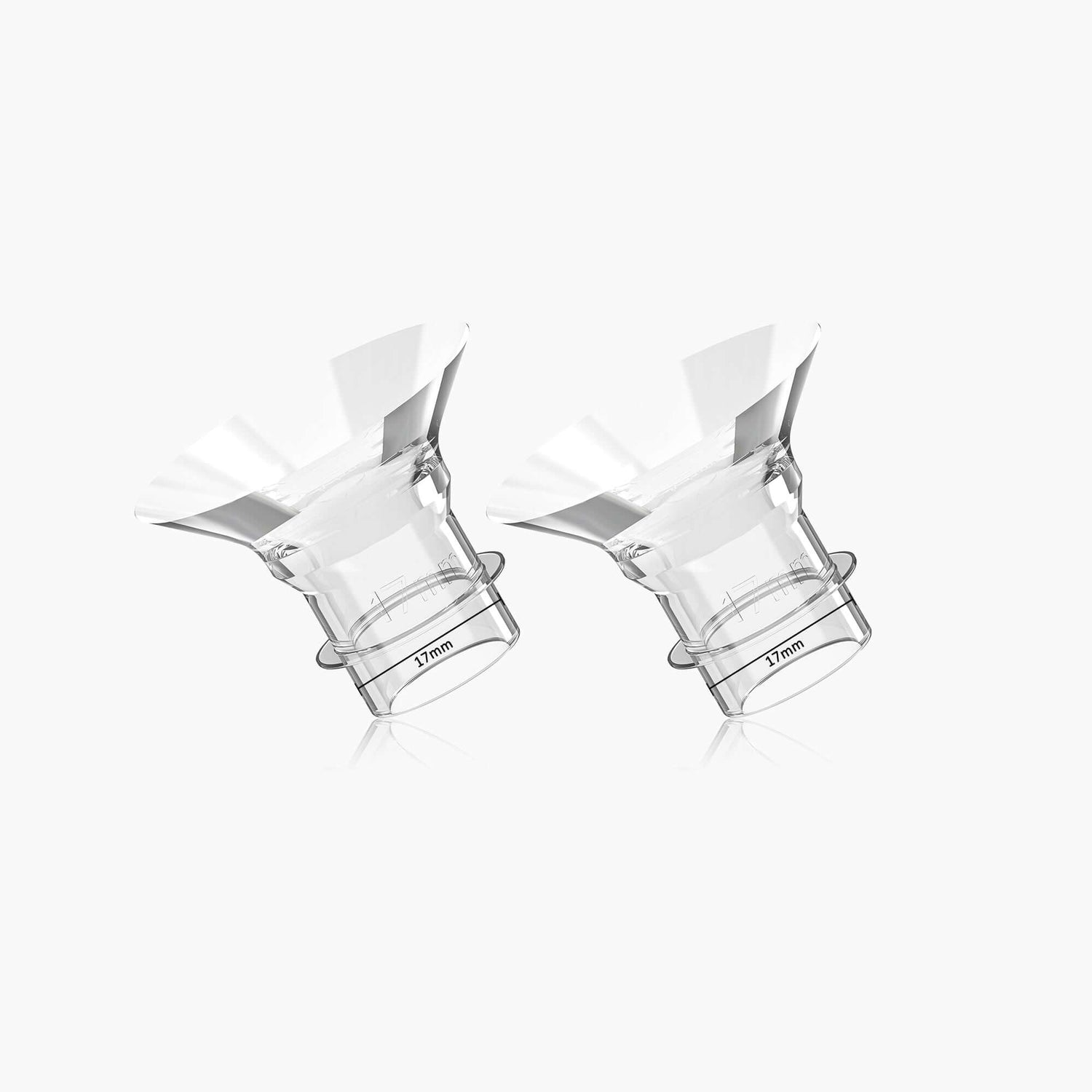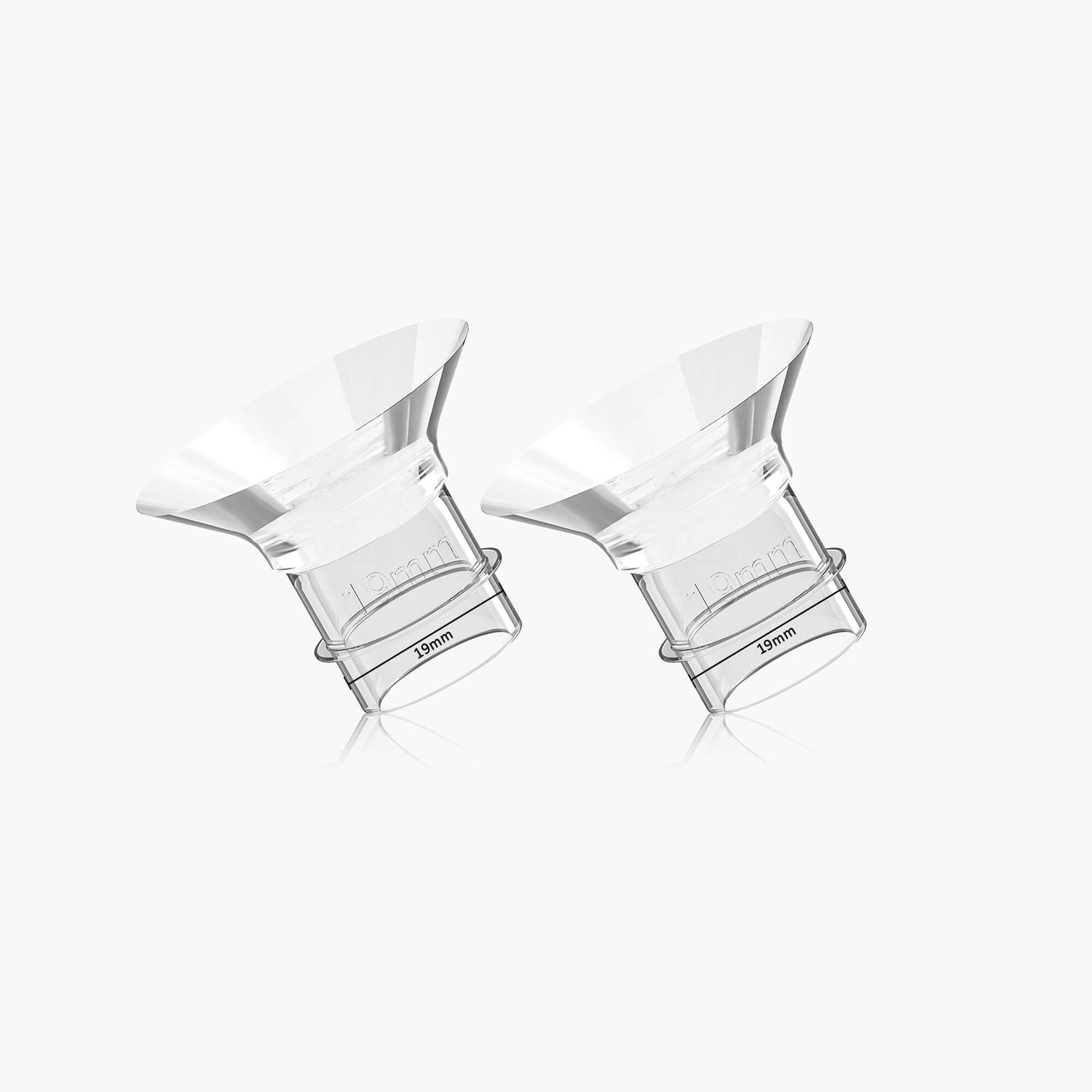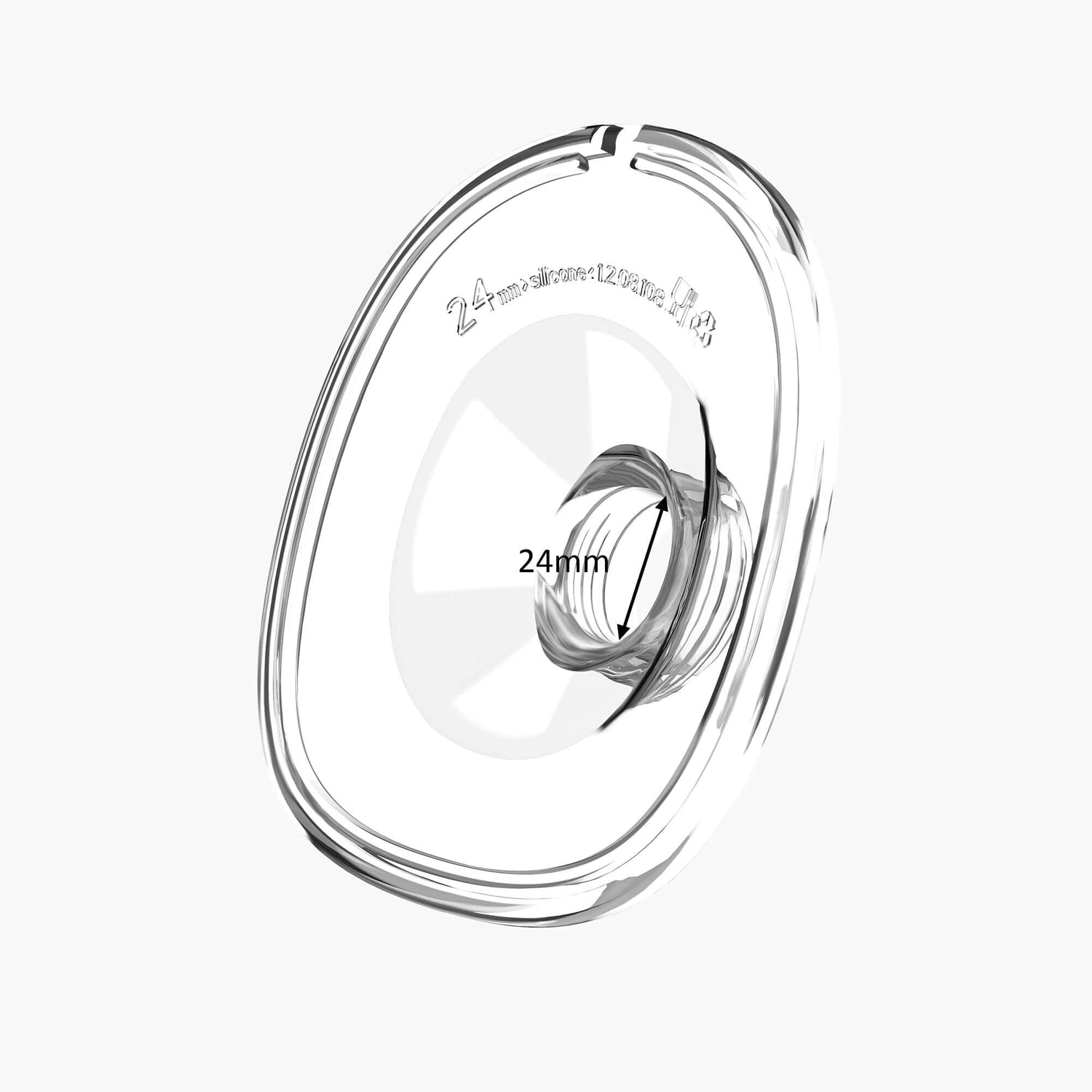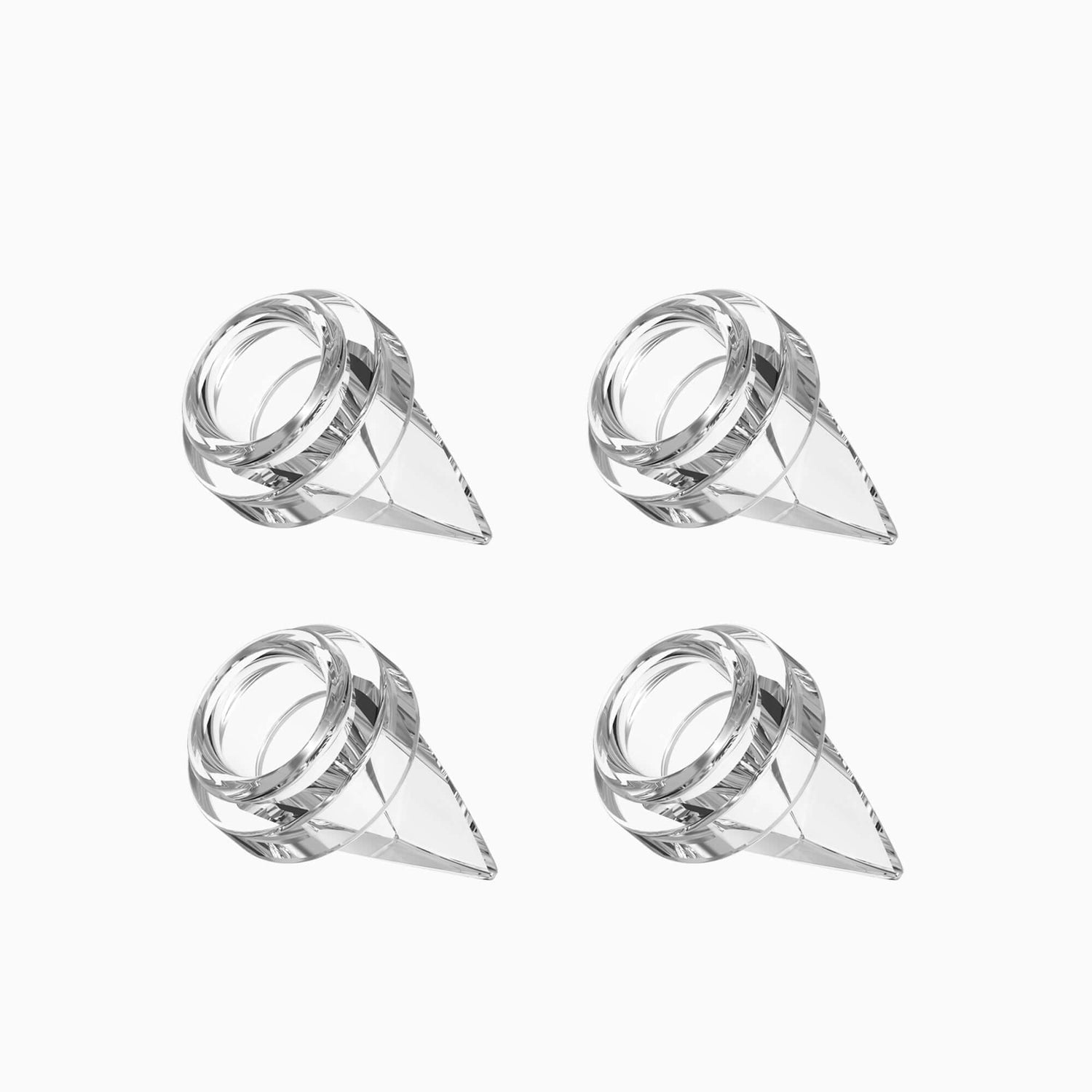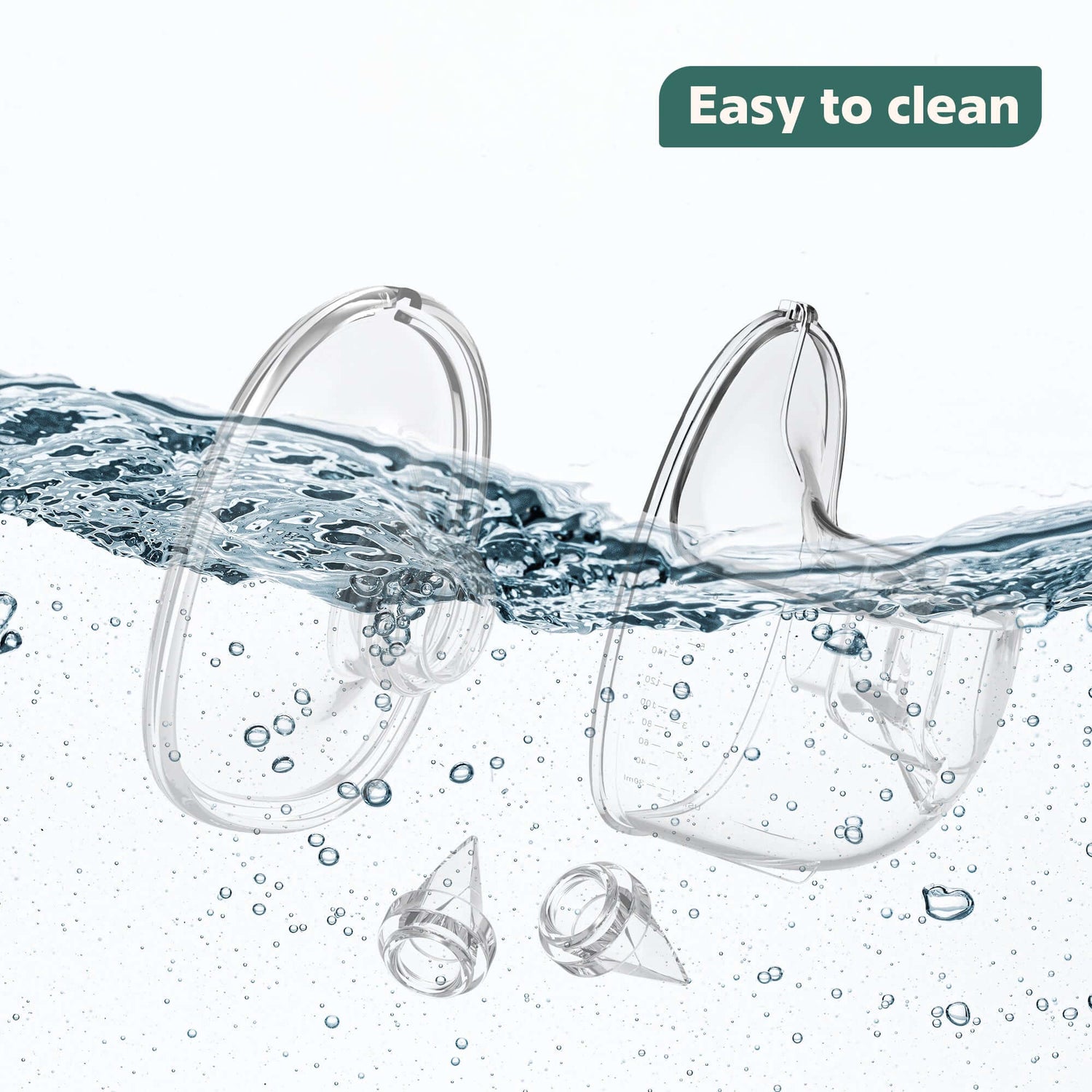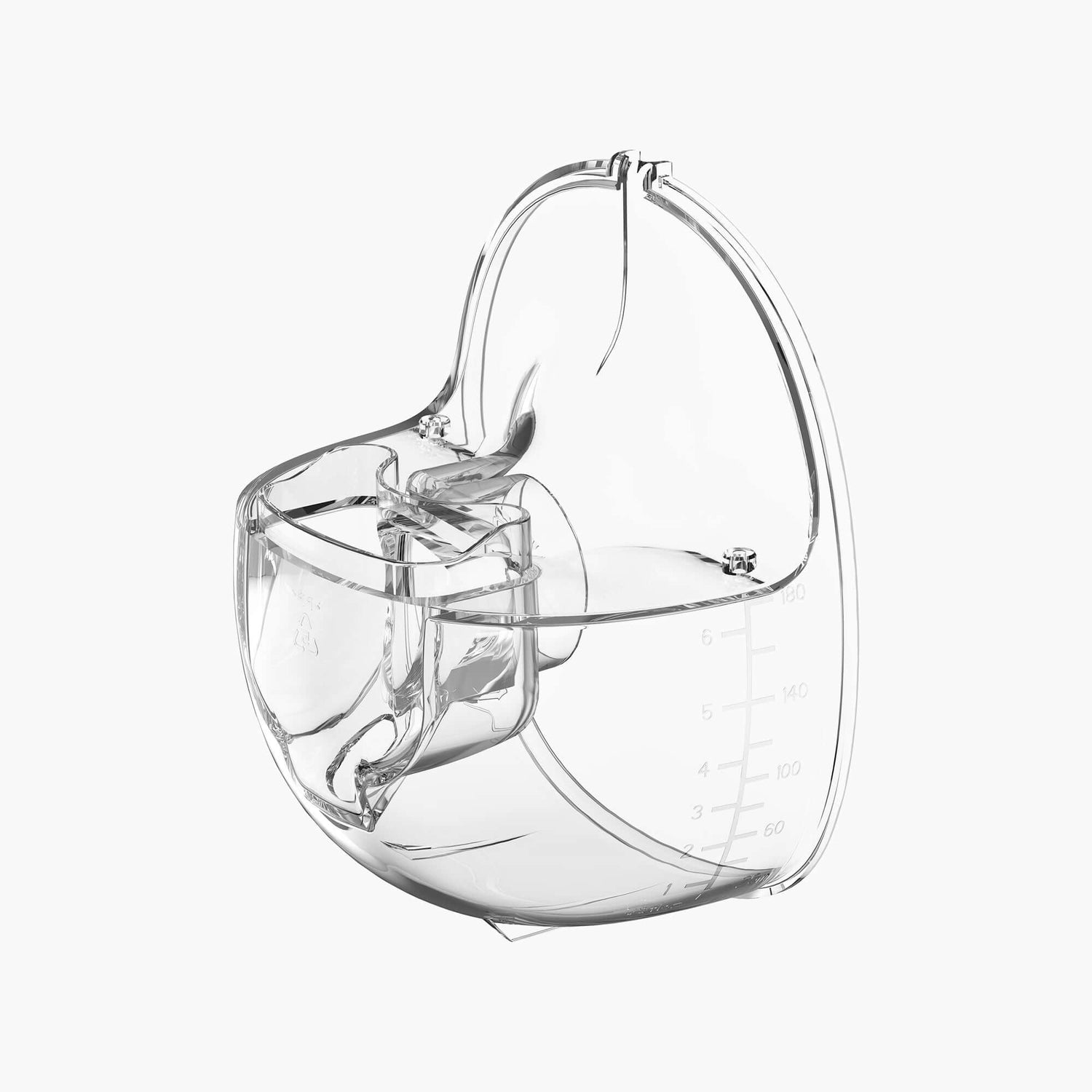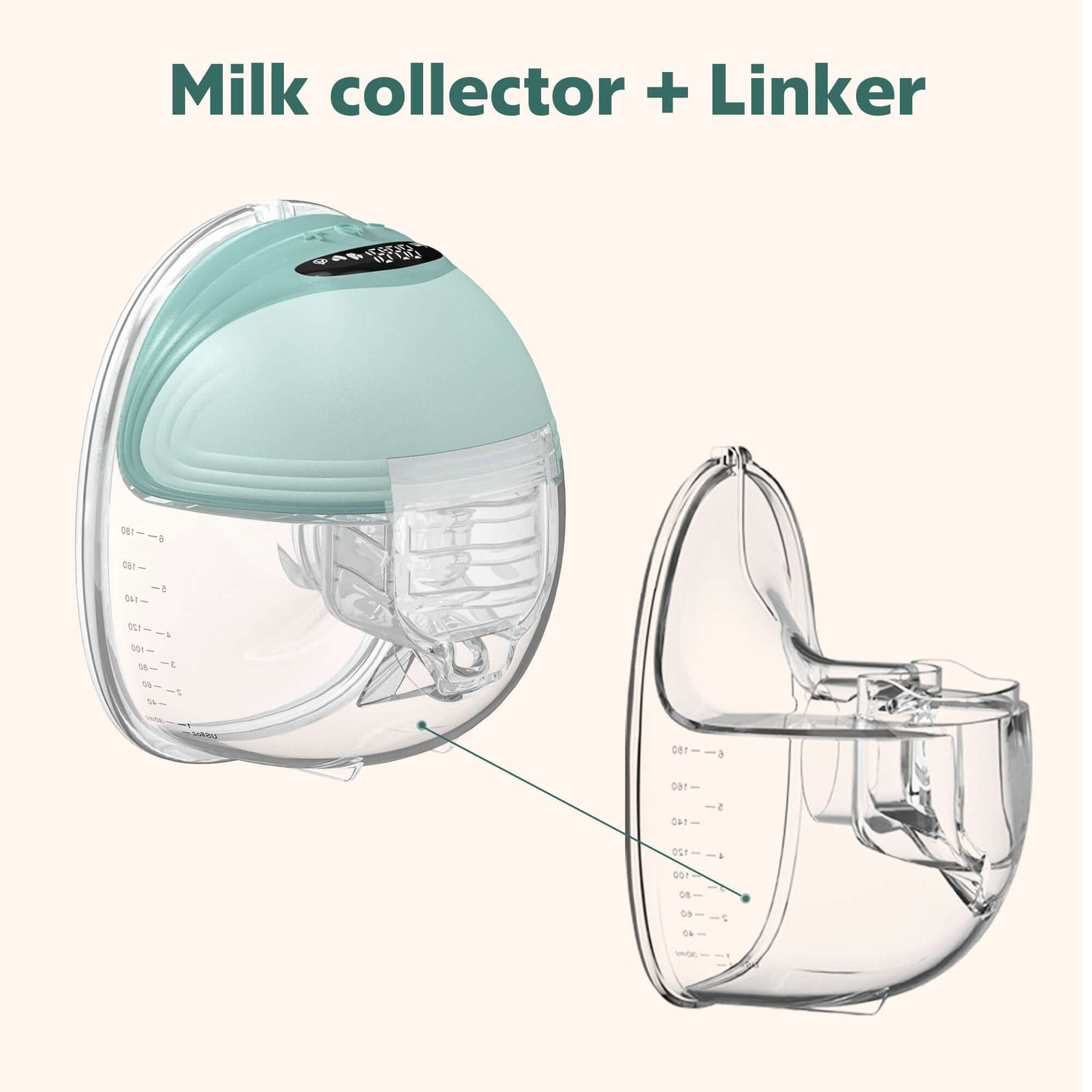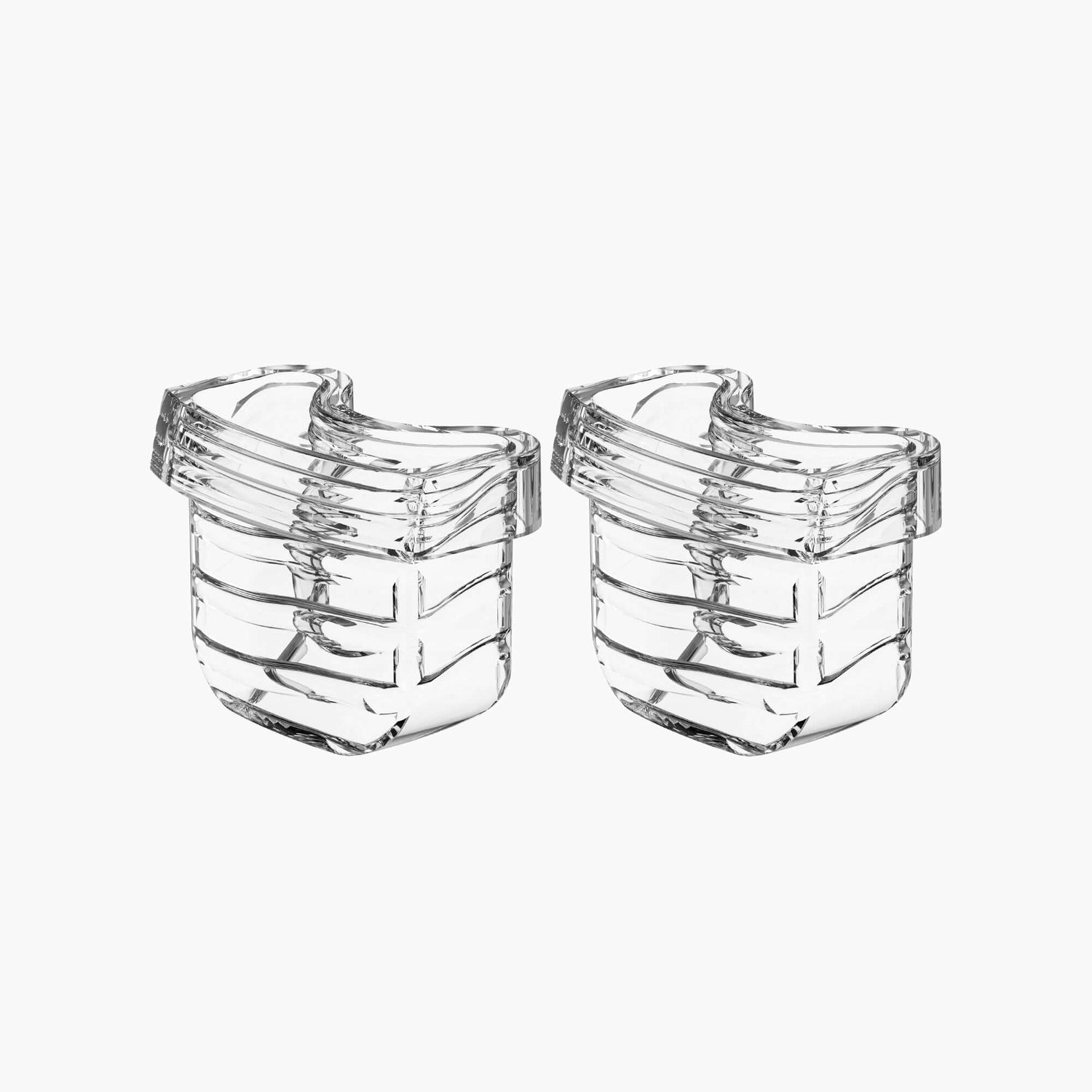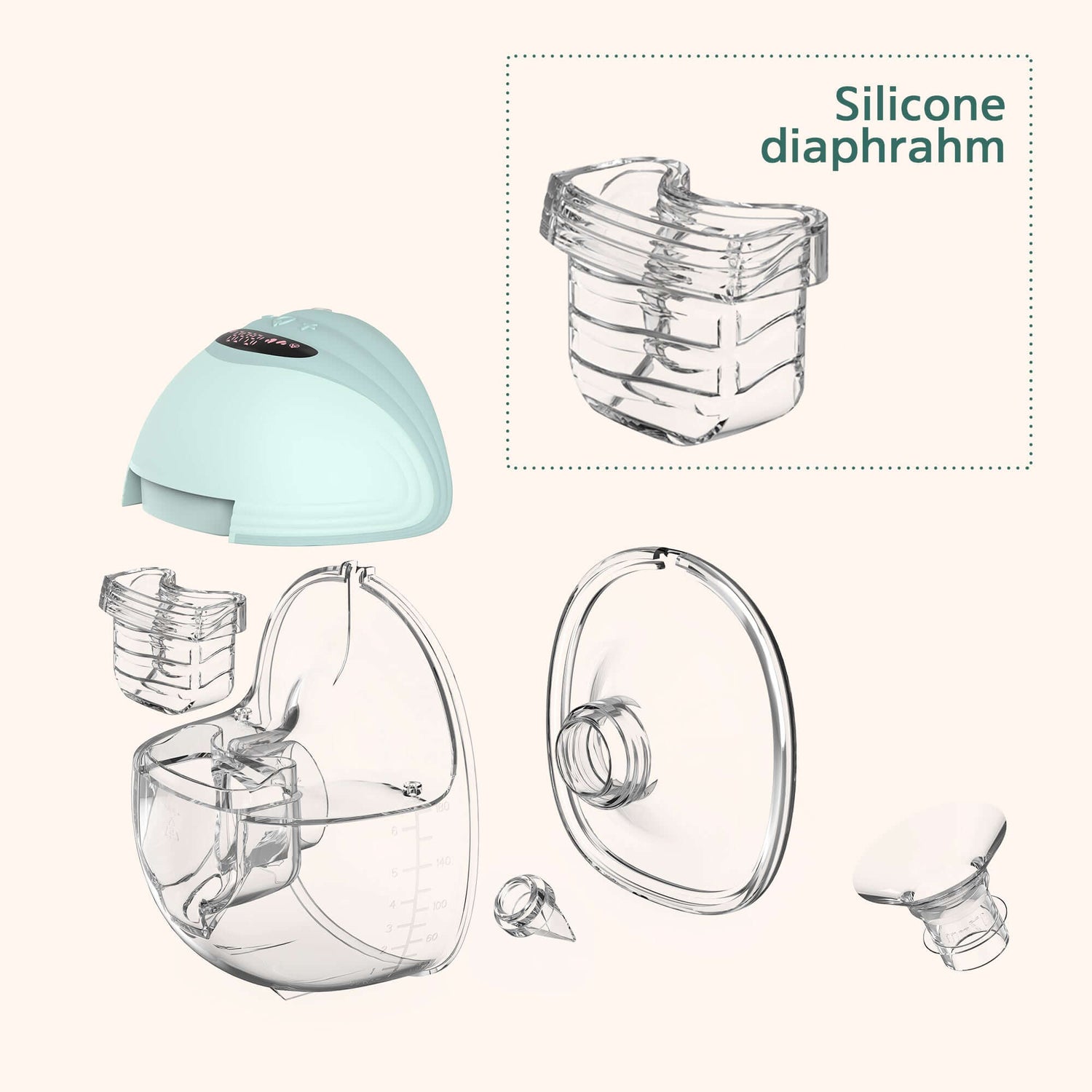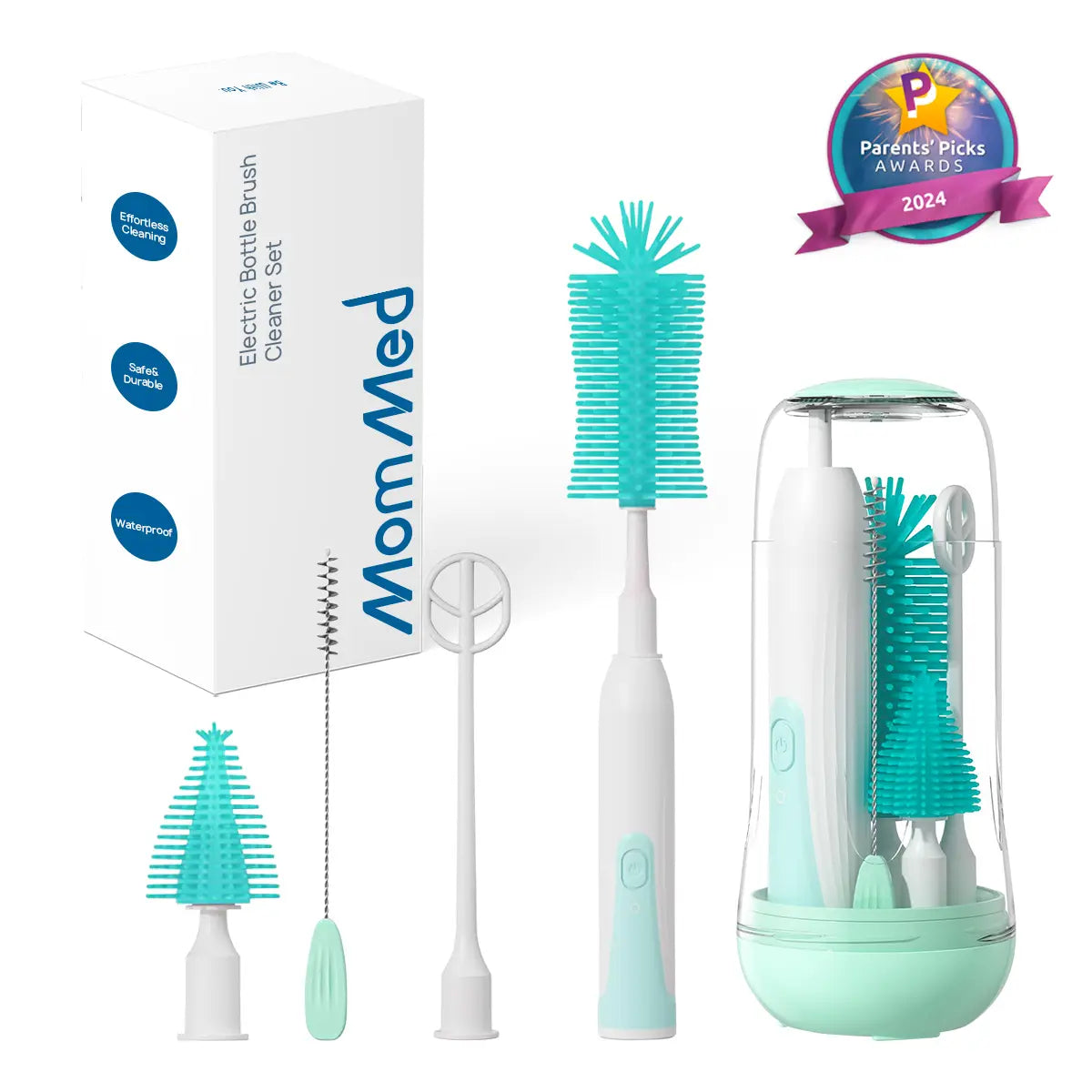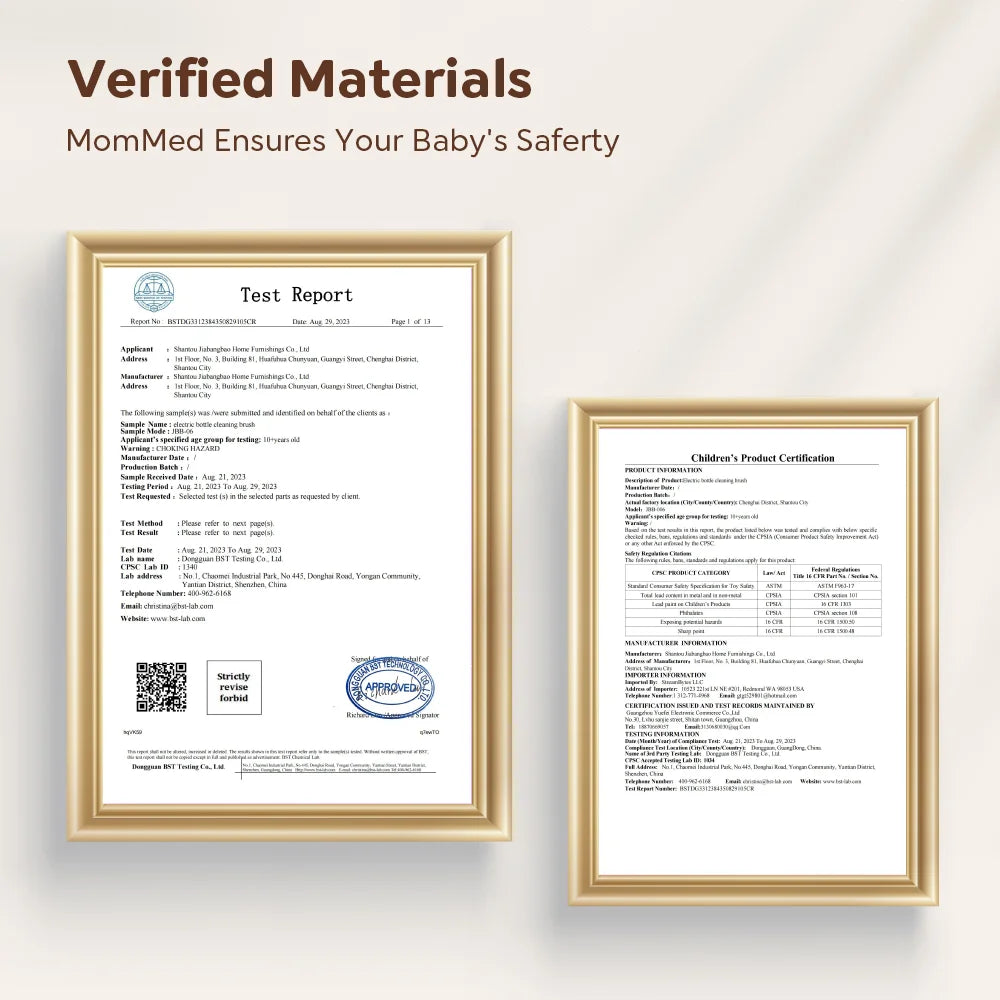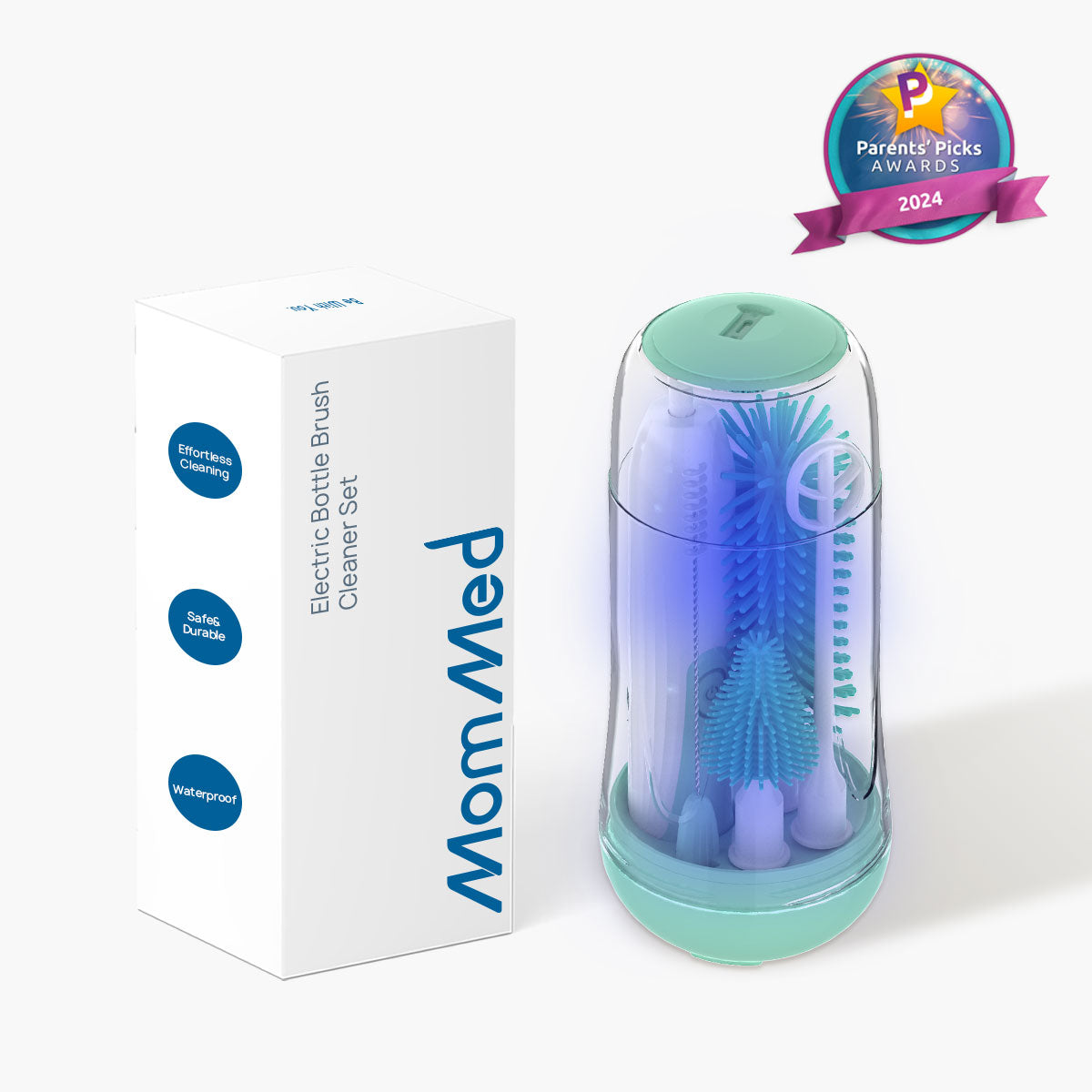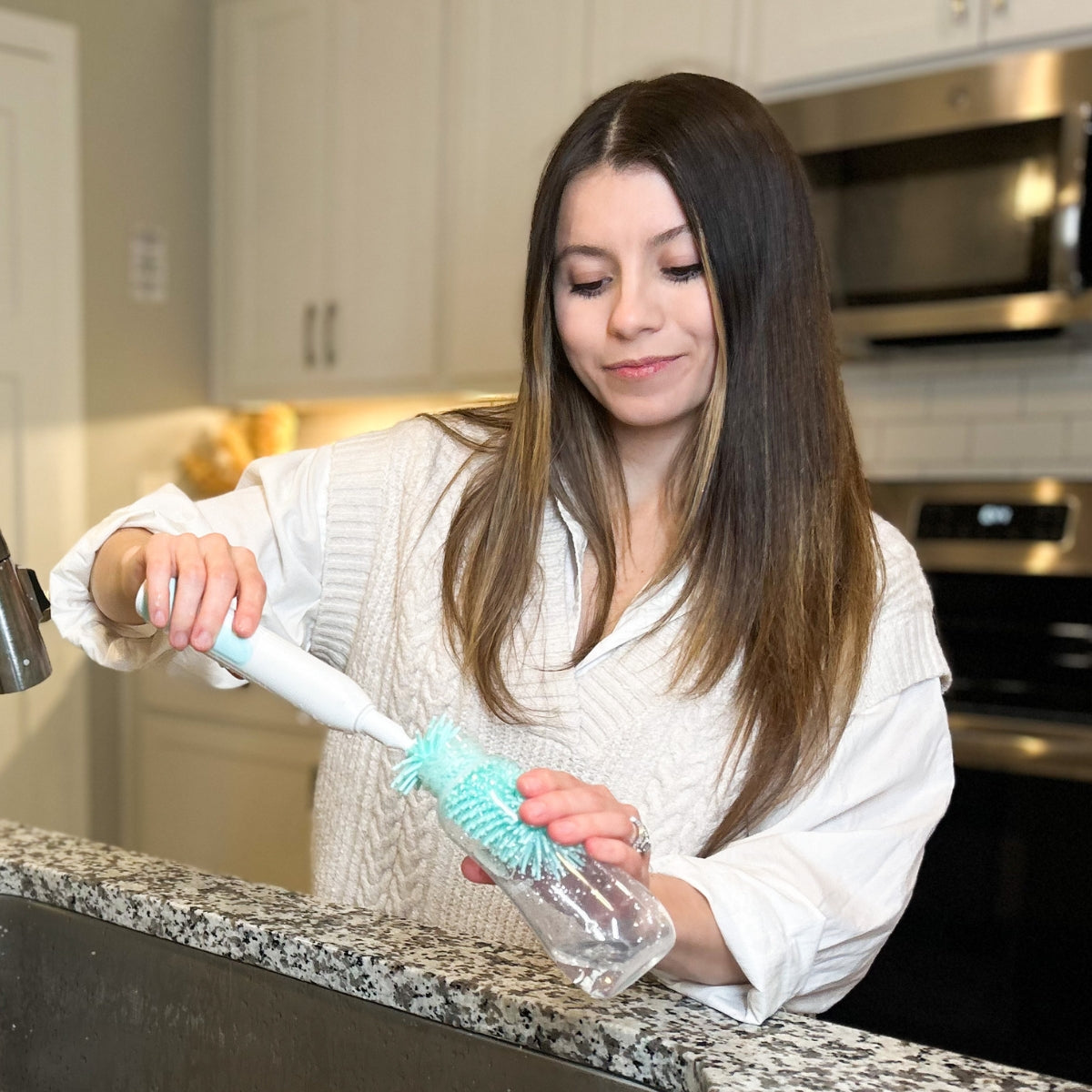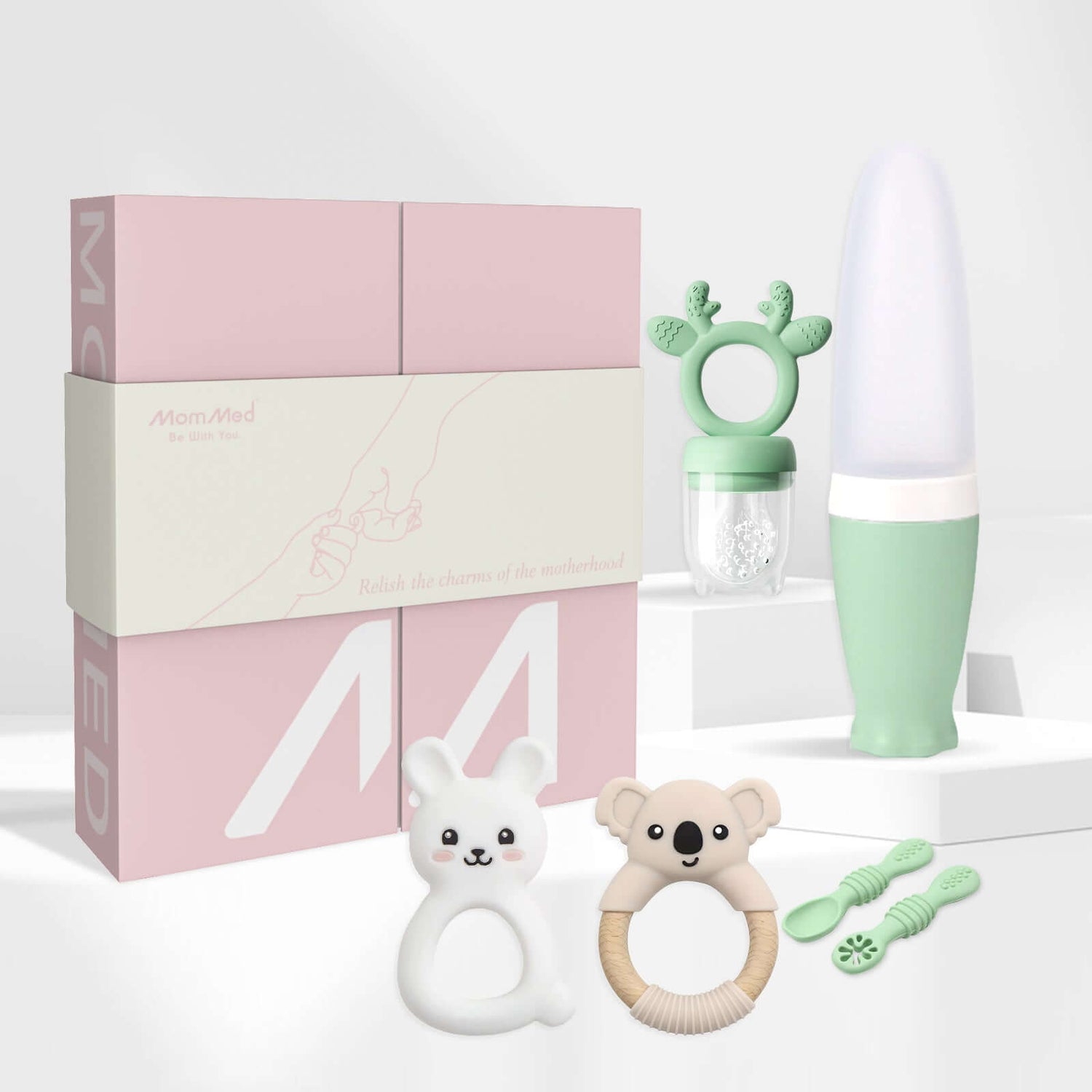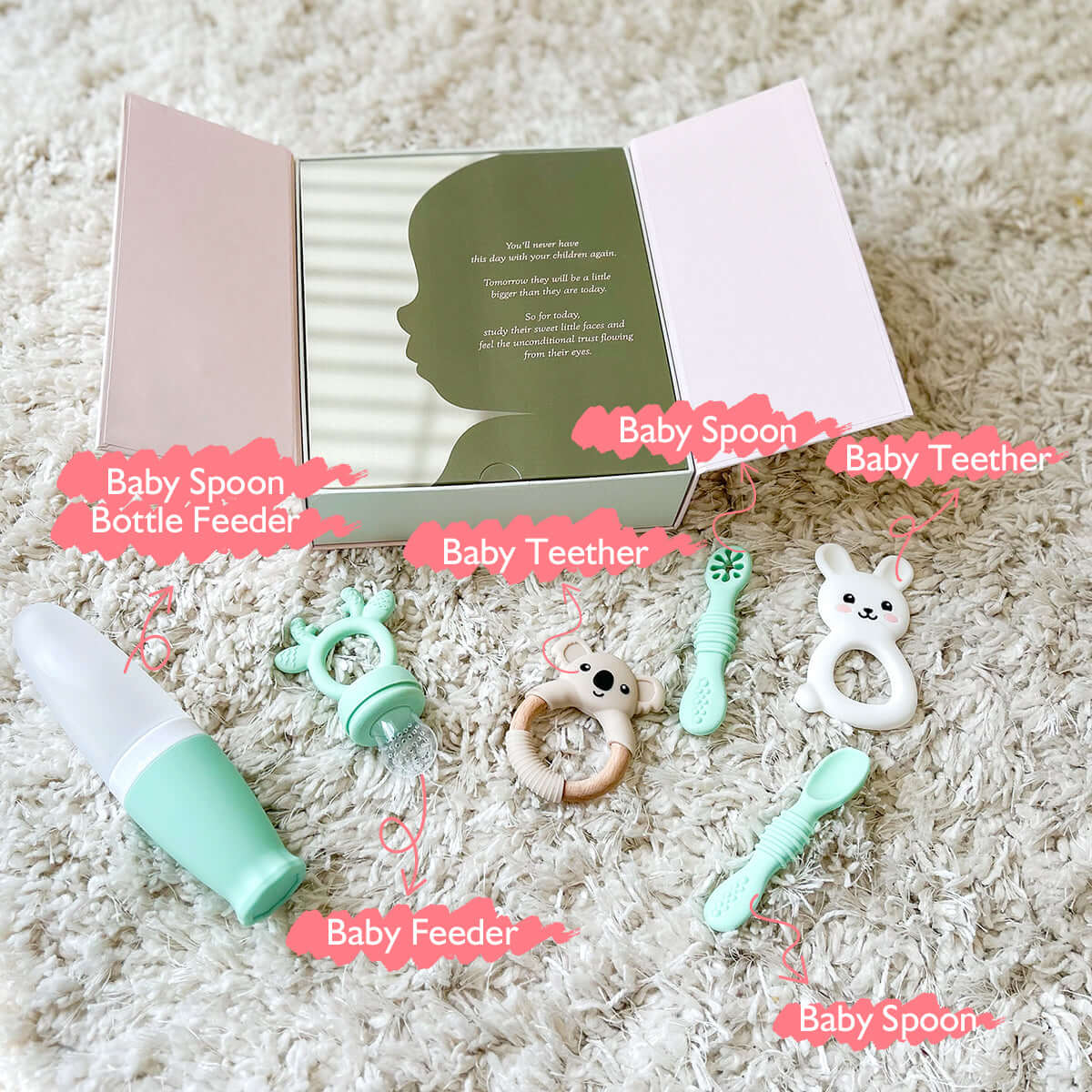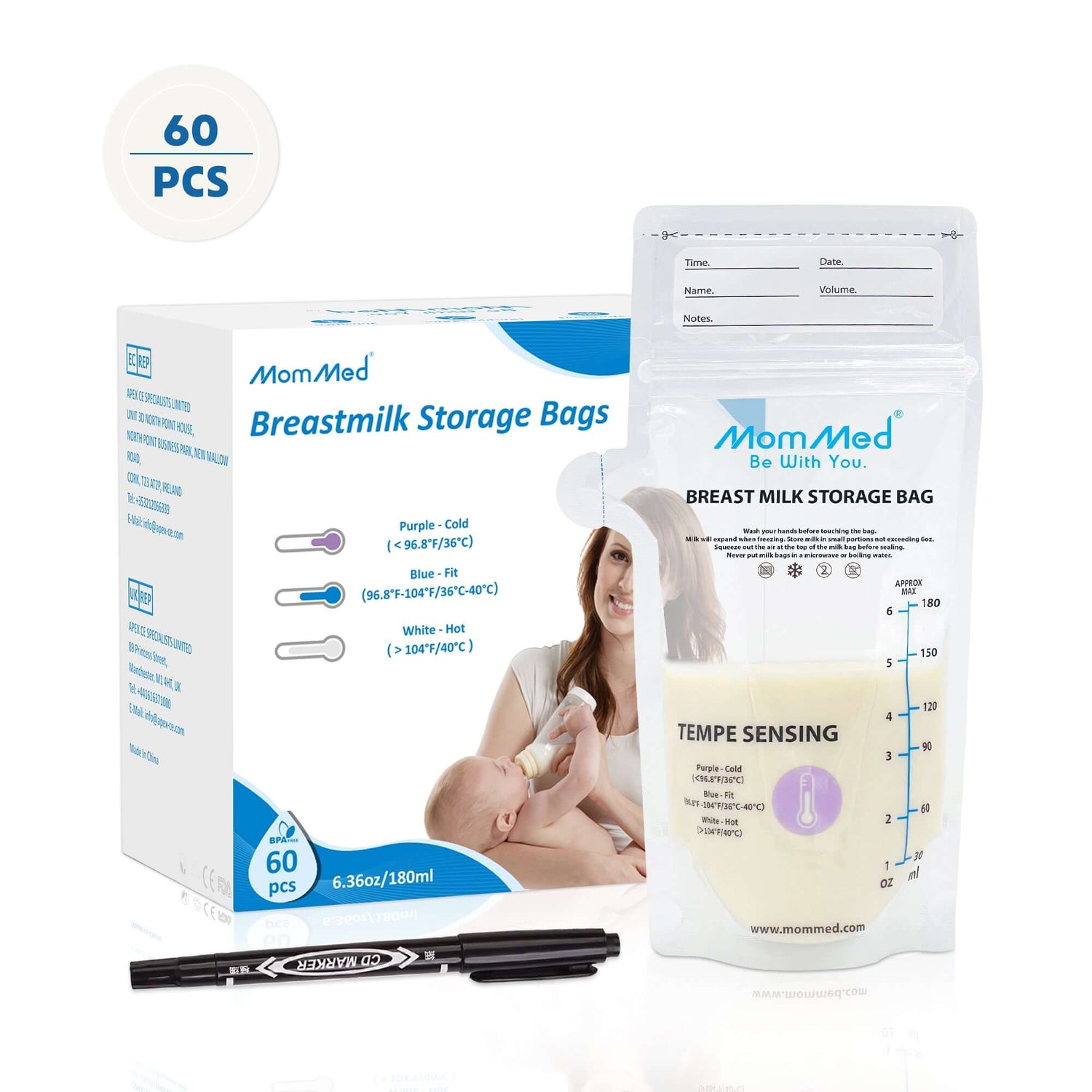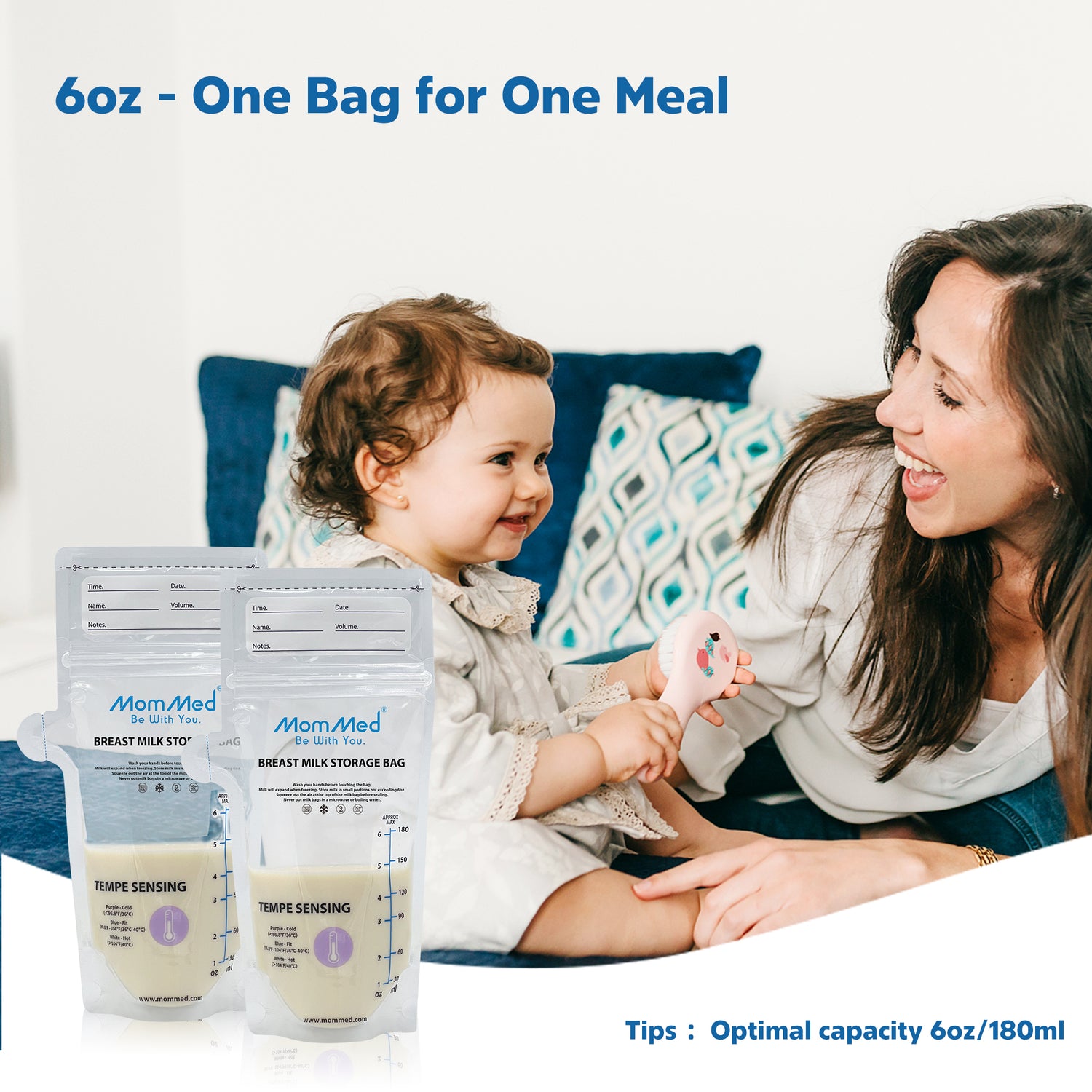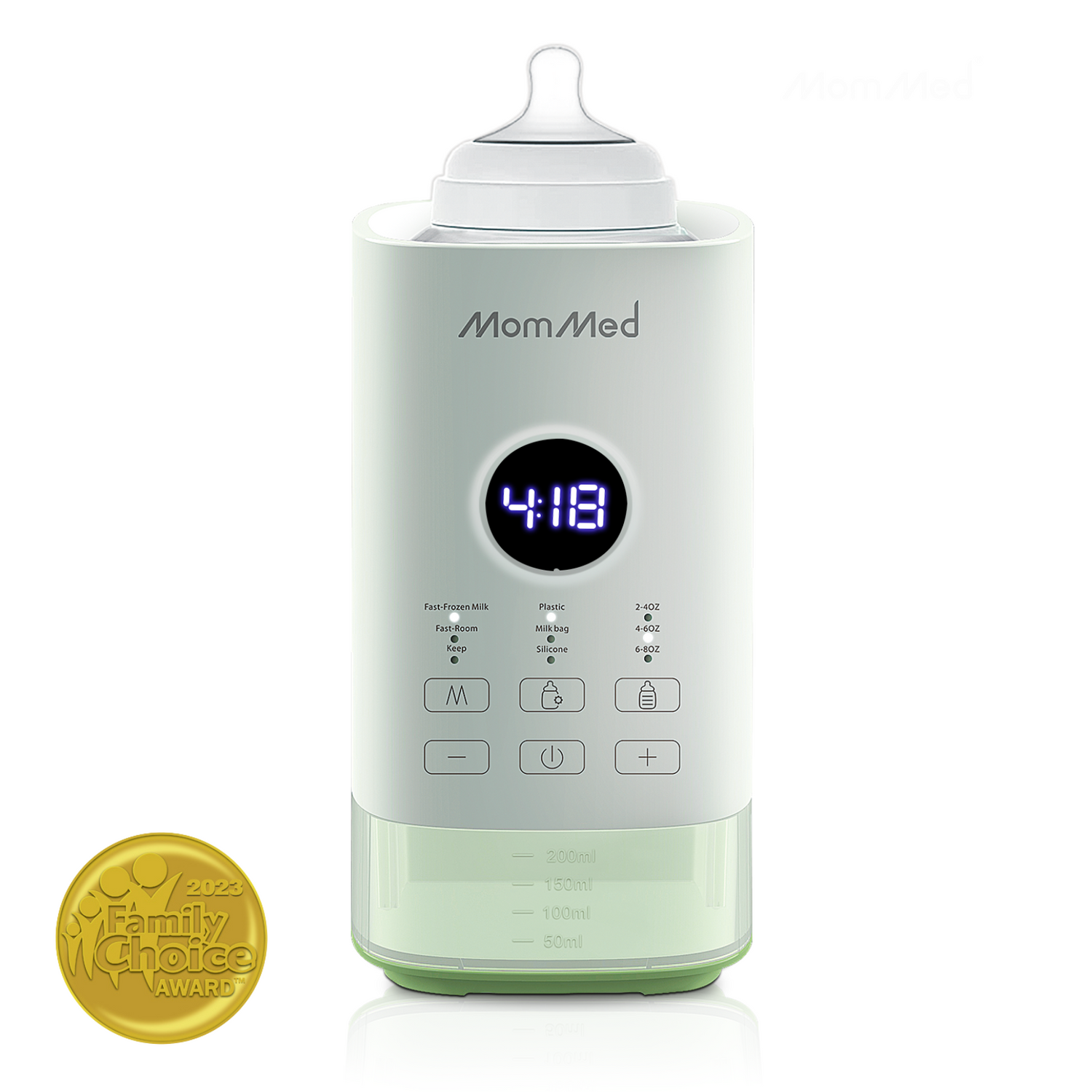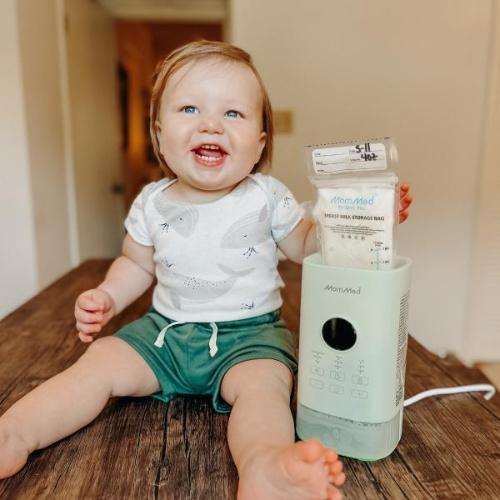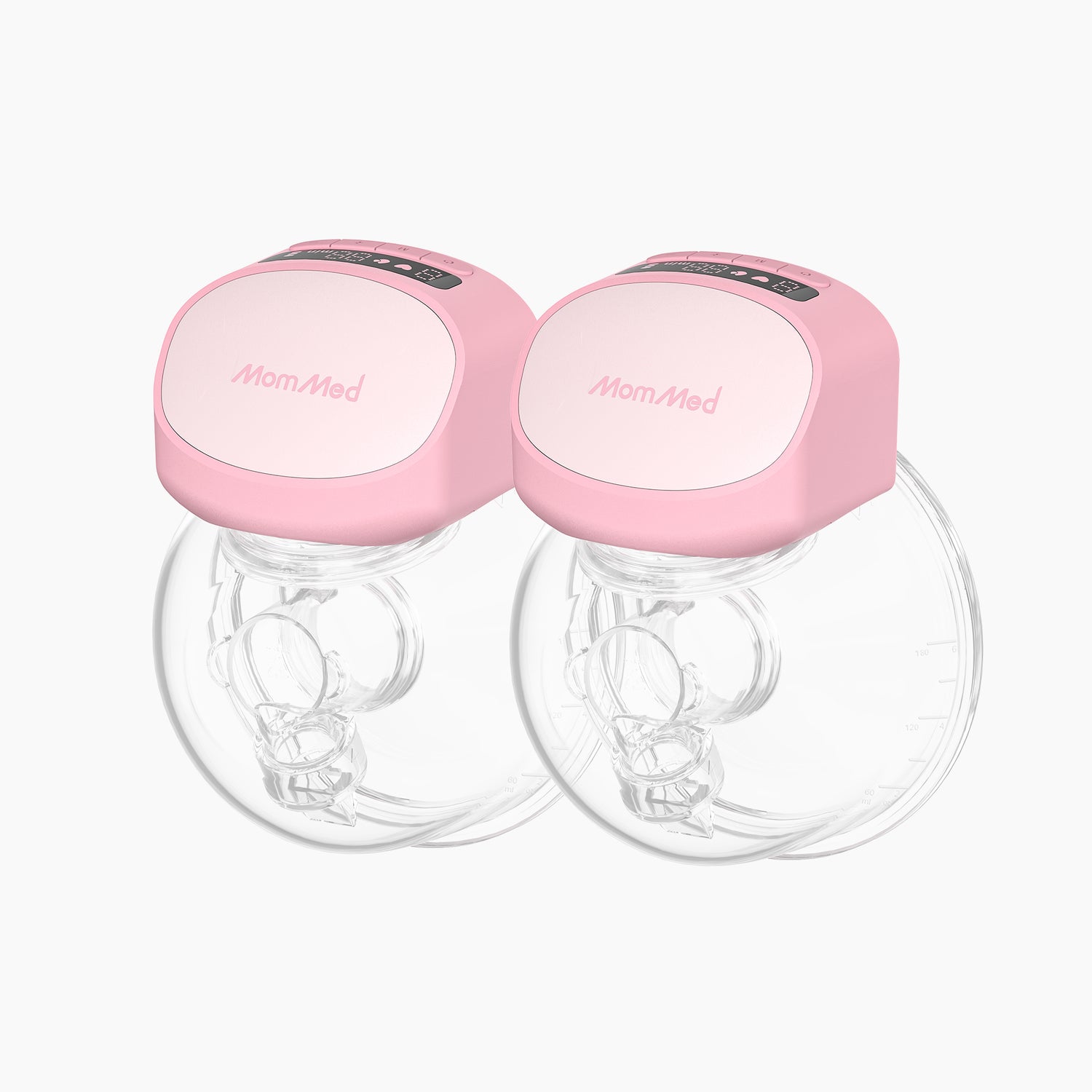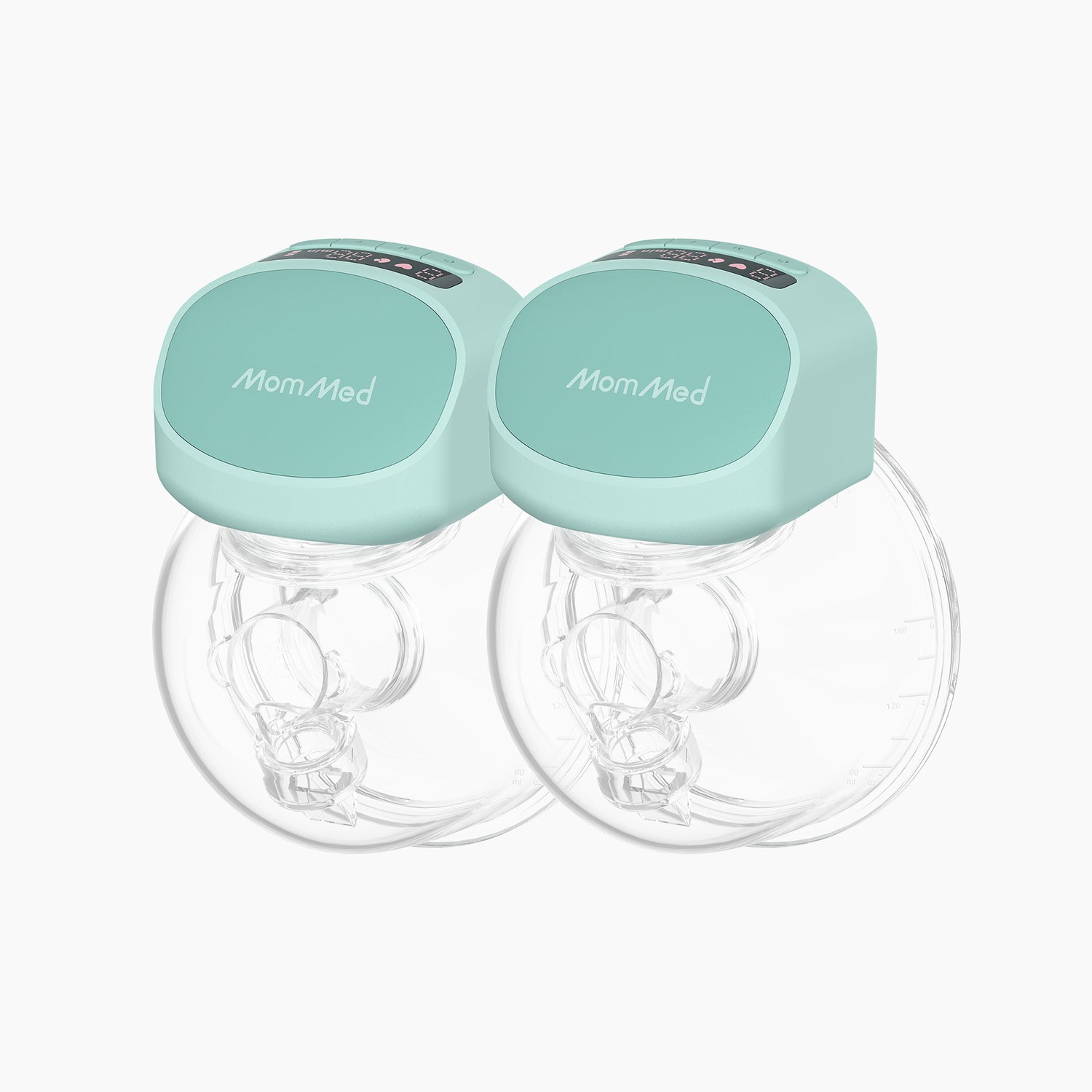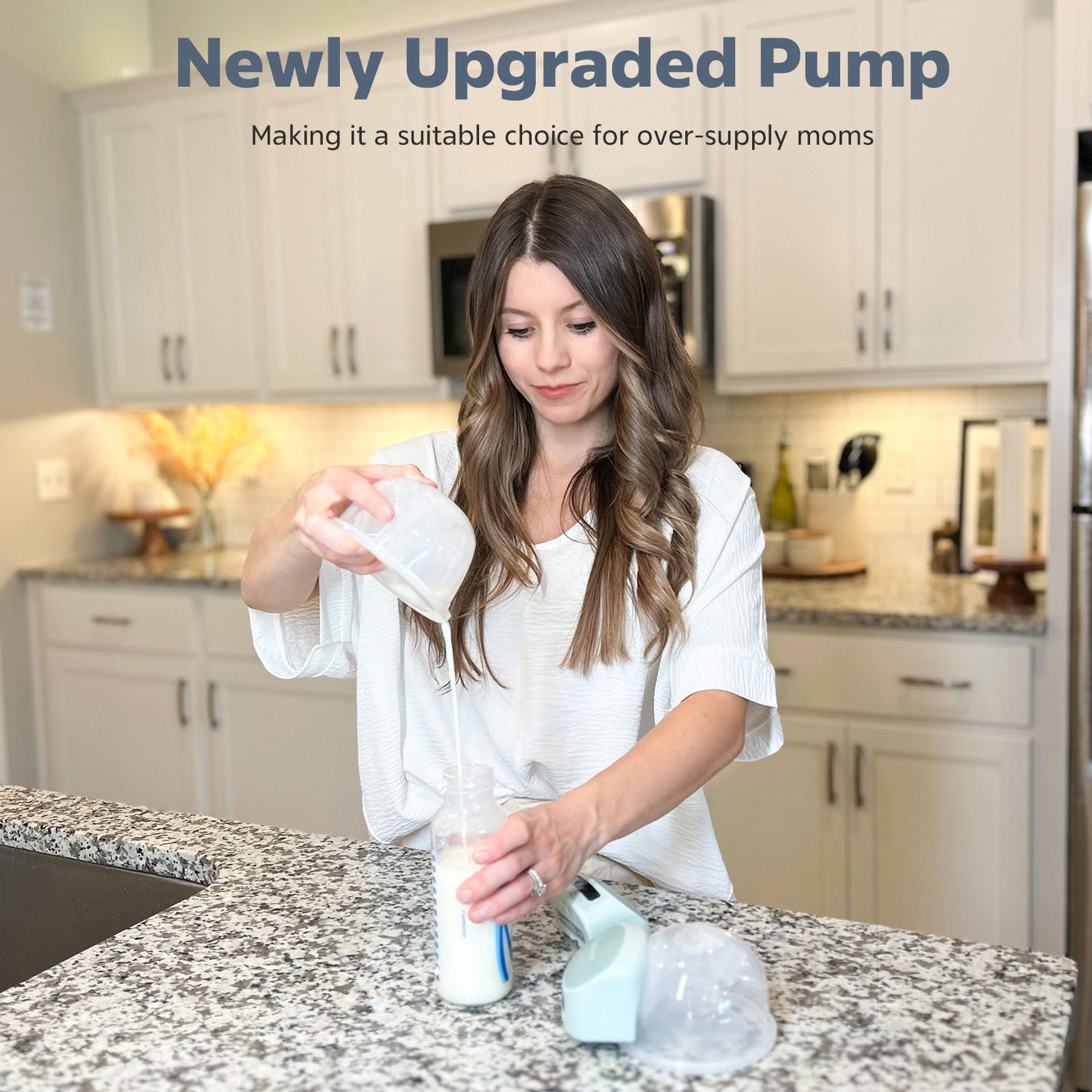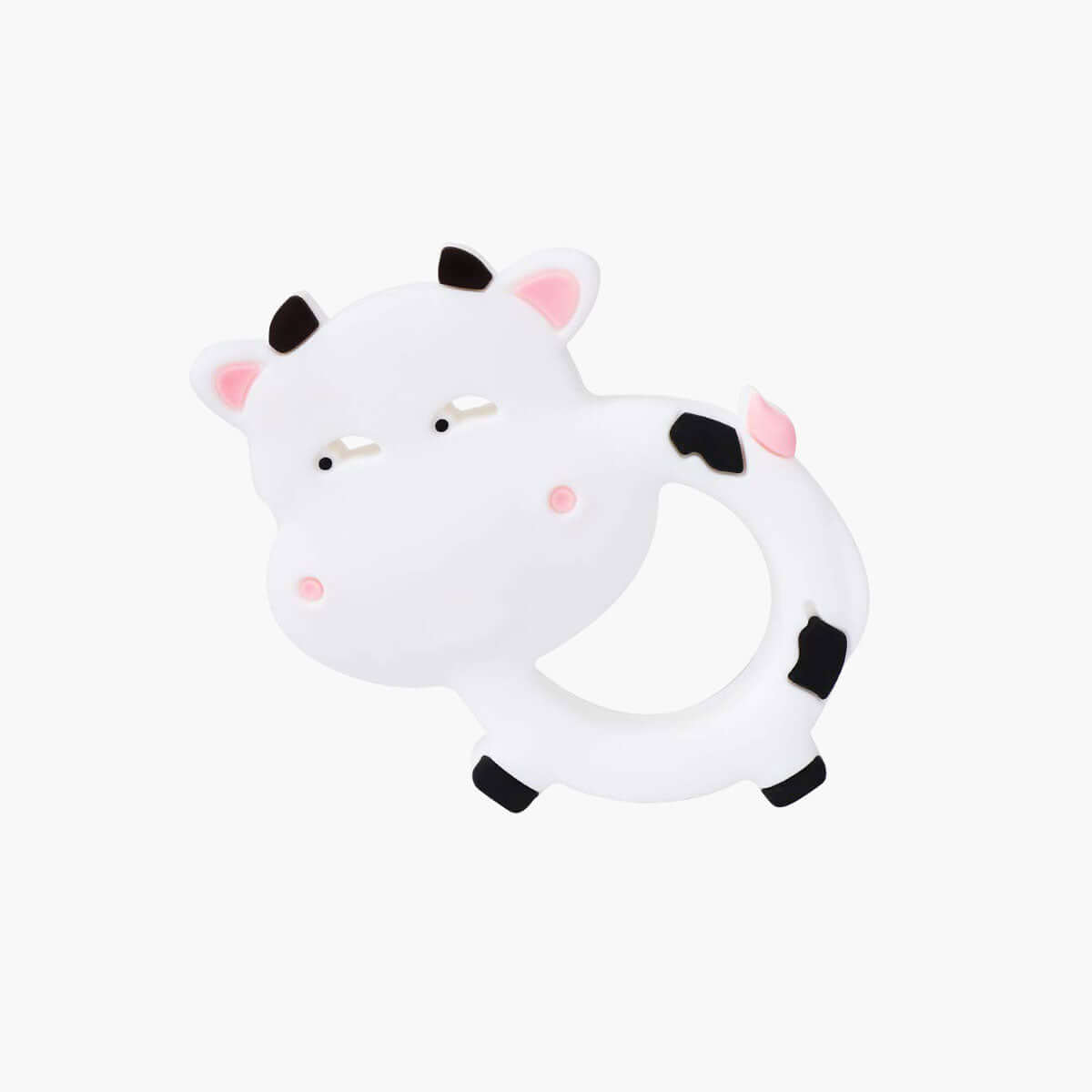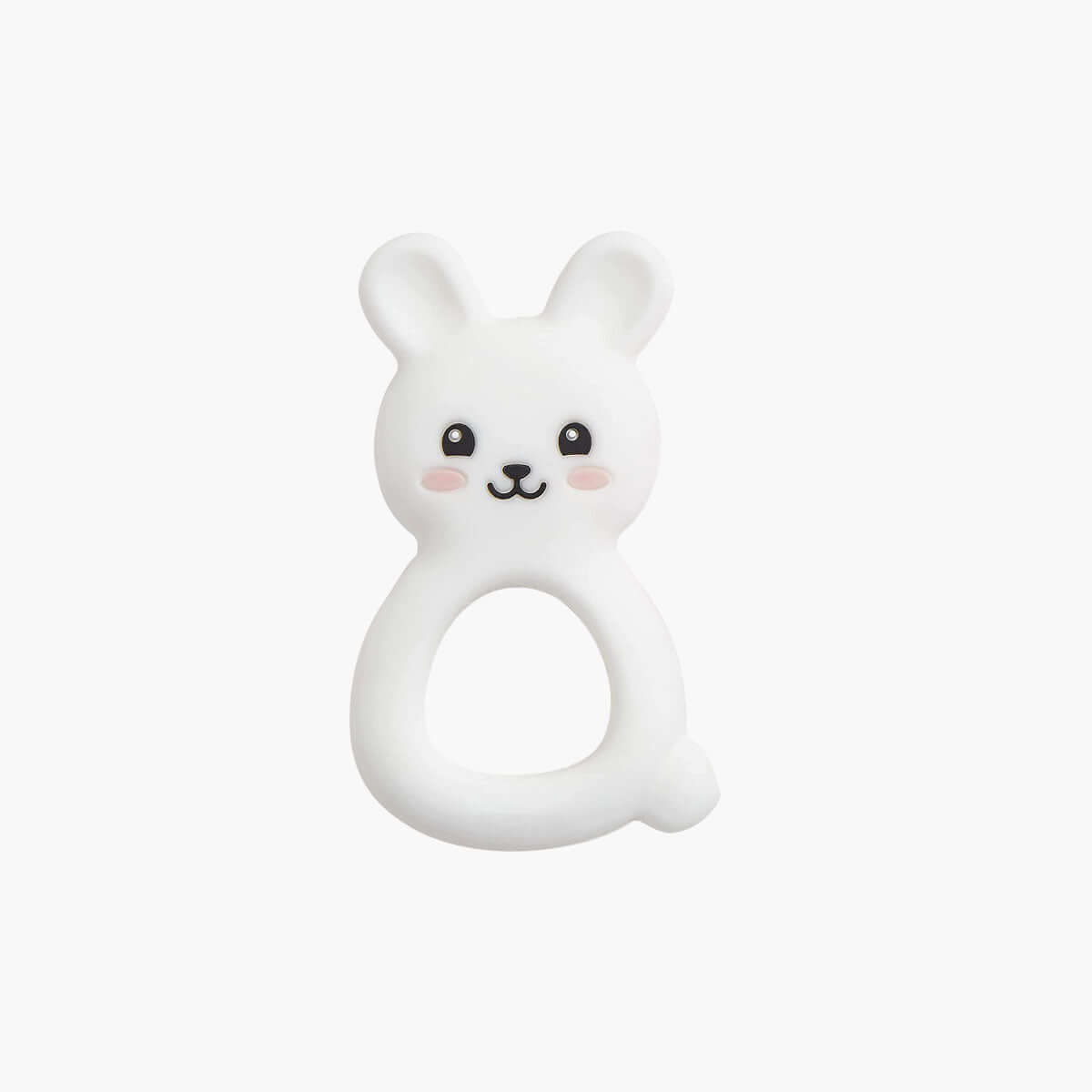Sort by:



MomMed S33 Luma Wearable Breast Pump with Night Light – Double Hands-Free Electric Pump
MomMed S33 Luma Wearable Breast Pump with Night Light – Double Hands-Free Electric Pump
The MomMed S33 Luma is an upgraded wearable breast pump with a built-in night light. Easily check milk output in the dark and get low-battery alerts while pumping hands-free.
MomMed Silicone shield for S21 & S18 Wearable Breast Pump.
Number of Items: 1 Pack.
Item Dimensions: 4.72 x 3.94 x 1.57 inches.
Size: 24mm/27mm
This silicone breast shield is designed for use with MomMed S21/S18 wearable breast pump.
Provides extra replacement options for optimal breast milk flow.
Made of food-grade silicone and BPA-free for safe and odorless use.
Easy to install and clean by washing with warm soapy water and rinsing well.
MomMed 60pcs Breastmilk Storing Bags are designed to store breastfeeding milk safely and effectively, ideal for refrigeration and freezing up to 6 ounces.
The hygienically doubled-sealed design ensures no-leak storage, plus the flat profile makes them space saving. Self-standing bags make filling and storing easy.











